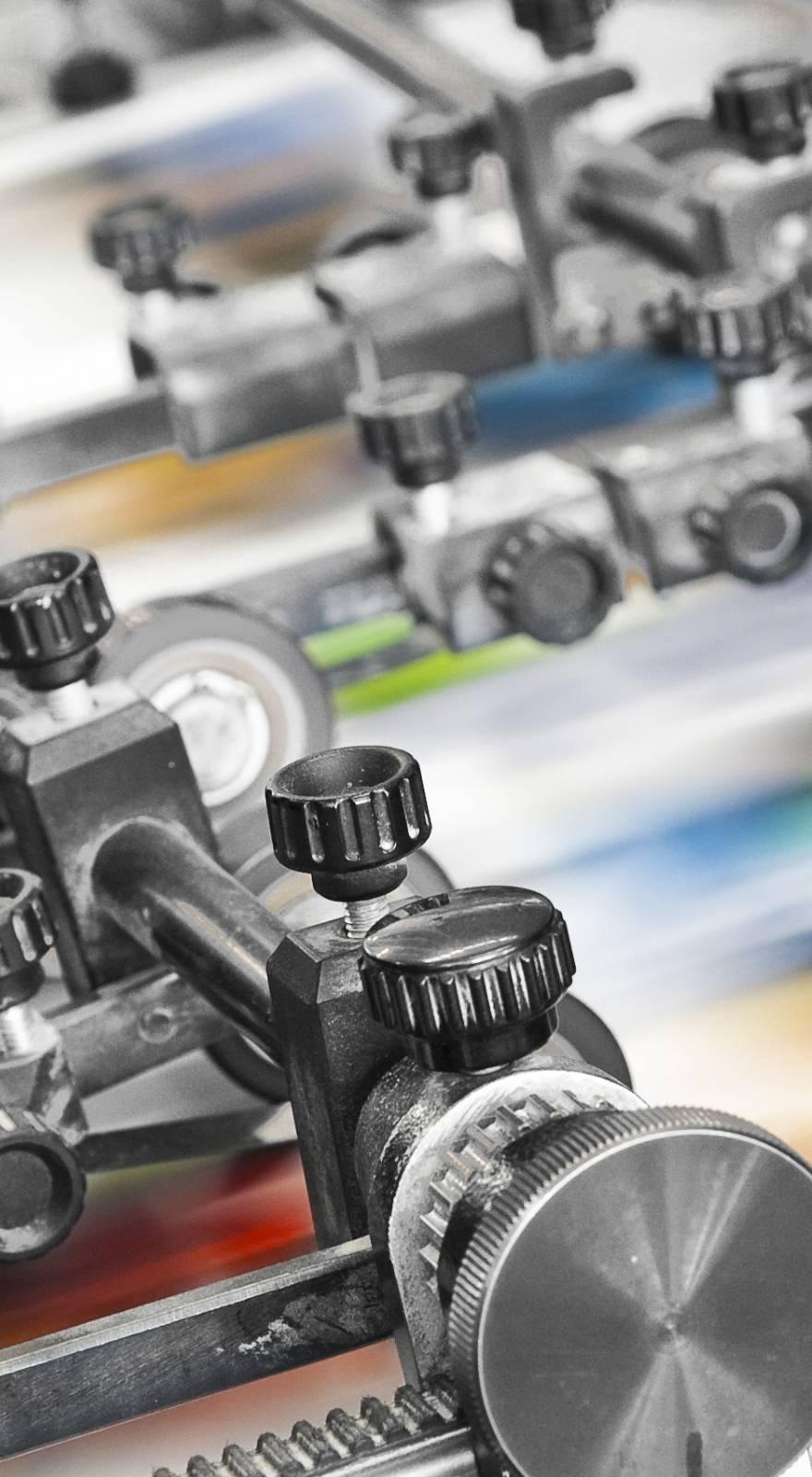Knowde Enhanced TDS
Identification & Functionality
- Chemical Family
- Fillers Included
- Polymer Name
- Plastics & Elastomers Functions
- Technologies
- Product Families
- Composition
25% Wood fibers + 75% PE and additives
Features & Benefits
- Labeling Claims
- Materials Features
Applications & Uses
- Applications
- Plastics & Elastomers End Uses
- Plastics & Elastomers Processing Methods
- Application
Injection molding
Properties
- Physical Properties
- Mechanical Properties
- Thermal Properties
| Value | Units | Test Method / Conditions | |
| Carbon Footprint (CO2 Eq) | 2.0 | kg | PAS 2050 |
| MFI (230°C, 2,16 kg) | 24.0 | g/10min | ISO 1133-1 |
| Relative Density | 0.95-1.05 | g/cm³ | ISO 1183-1 |
| UV package | NO | — | — |
| Value | Units | Test Method / Conditions | |
| Charpy Impact Strength (Notched 1eA ,23°C) | 10.7 | kJ/m² | ISO 179 |
| Charpy Impact Strength (Notched 1eA ,23°C) | 34.0 | kJ/m² | ISO 179 |
| Elongation at Break | 13.0 | % | ISO 527 |
| Flexural Modulus | 576.0 | MPa | ISO 178 |
| HDT | 59.0 | °C | ISO 075 B |
| Tensile Modulus | 576.0 | MPa | ISO 527 |
| Tensile Strenght | 14.0 | MPa | ISO 527 |
| Vicat softening point (B120) | 86.0 | °C | ISO 306 |
| Value | Units | Test Method / Conditions | |
| MFI (190°C, 2,16 kg) | 9.1 | g/10min | ISO 1133-1 |
Technical Details & Test Data
- Product Carbon Footprint
- The product carbon footprint helps to define the amount of greenhouse gas emissions generated by a product along its life cycle, it quantifies the ghg-emissions related to the production of our products.
- Beologic calculates the carbon footprint of all sales products and this from cradle to gate.
- The calculation of the carbon footprint is in accordance with the internationally recognized Greenhouse Gas Protocol Product Standard which is based on the standard ISO-14067 norm and PAS2050.
- The carbon footprint is mentioned in our datasheet - by offsetting or compensating the calculated emissions we can present our products as Carbon Neutral compounds. This compensation is according the Verified Carbon Standard – more info via (www.v-c-s.org).
- Processing Conditions – Guidelines
Hopper 40 – 60 °C Feeding zone 165 – 175 °C Compression zone 170 – 180 °C Metering zone 180 – 190 °C Nozzle 190 – 200 °C Mold temperature 30 – 60 °C
Plasticizing
We recommend to keep the residence time as short as possible, use low screw RPM to fill up the screw carefully and have the material in motion as much as possible.
For optimal process ability, the shot size should be between 35% and 75% of the machine’s maximum plasticizing capacity. Too small shot size can cause degradation because of the excessive residence time.
Backpressure
Use minimal backpressure when loading the barrel in order to avoid unwanted, uncontrolled friction heating.
Hold pressure
Beobase 10 PP cotton INJ044 does not require much holding pressure.
Cooling
Increased mold temperature will normally result in better surface appearance.
Start with 30°C and then increase the mold temperature until the molded piece looks good. Better particle distribution in the mold can normally also be achieved by increased mold temperature.
Injection speed
High injection speed normally gives the best particle distribution and surface appearance.
General comments
Because this material cools quickly and the fibers keep the molded part together, many molders can reduce their cycle times up to 40% by using a wood-polymer material compared to unfilled materials.
Discolored molded parts and/or a burnt smell is a symptom of a too high temperature, too long residence time or uncontrolled friction heat. To provide burning or damaging of the screw, barrel or tool, it’s obliged to stop the machine only after is has been cleaned with pure PP or cleaning compound.
Beobase is not compatible with a wide variety of other resins, and special purging sequences should be followed:
1. Before production, ensure to clean the injection molding machine and bring temperature to steady state with general purpose PP or PE.
2. Vacuum out hopper system to avoid contamination.
3. Introduce Beobase into the injection molding machine at the operating conditions used in step one.
4. At shutdown, purge machine with polypropylene or cleaning compound. It’s obliged to stop the machine only after it has been cleaned with pure PP or cleaning compound.
Storage & Handling
- Shelf Life
- 6.0
- Drying and Storage conditions
We recommend drying Beobase 25 PE INJ025 at 80°C in 2 or maximum 4 hours. Don’t overheat or dry it longer than recommended. Residual moisture content (> 0.2%) can result in lower melt stability, surface mark or bubble formation during processing.
We recommend to store the material in dry conditions below 50°C and protected from UV-light. Opened (big)bags should be used immediately or adequately sealed back up after use to avoid moisture uptake and have negative effects on the physical properties of the product. It is recommended to use Beobase granules within a time period of maximum 6 months.
Finished product made from Beobase should be stored dry and cold. Storage time and lifetime of finished products depends on processing parameters and on storage conditions (moisture, UV radiation …).

